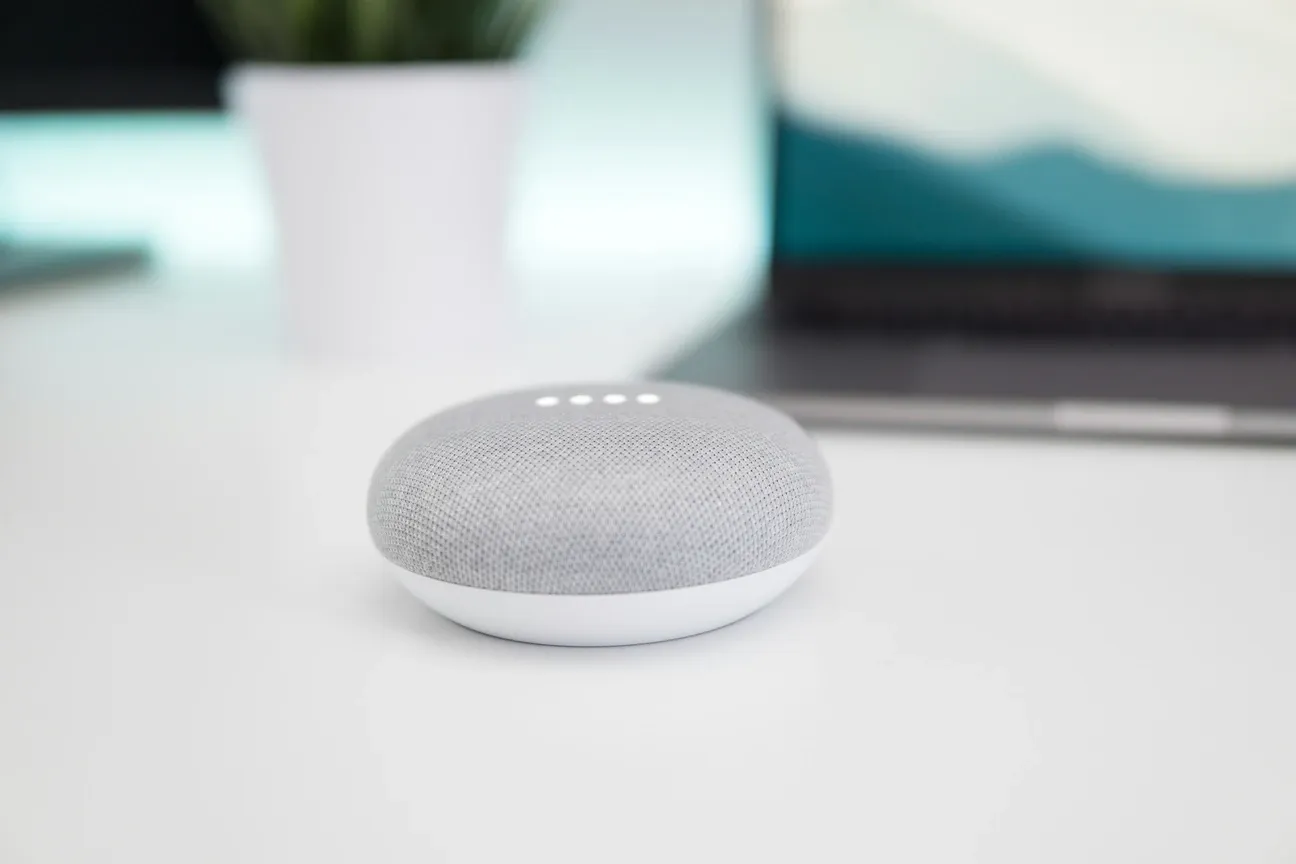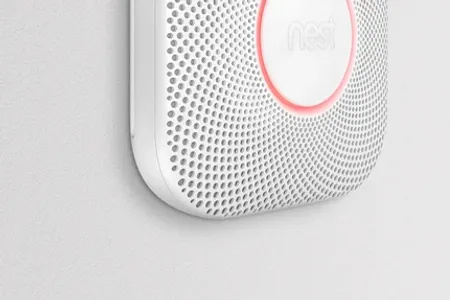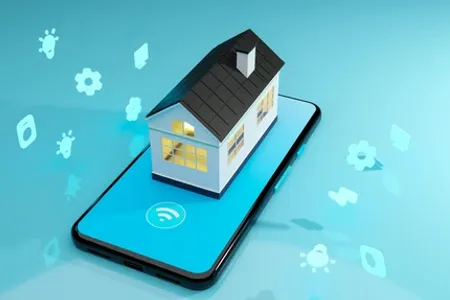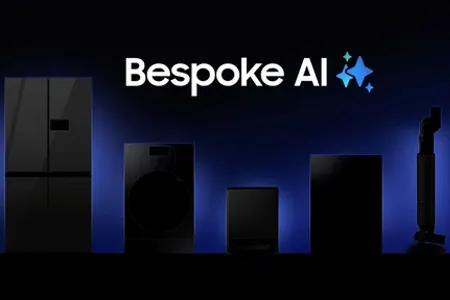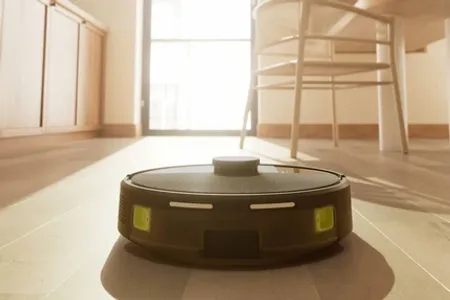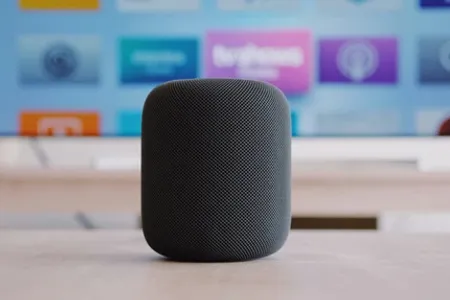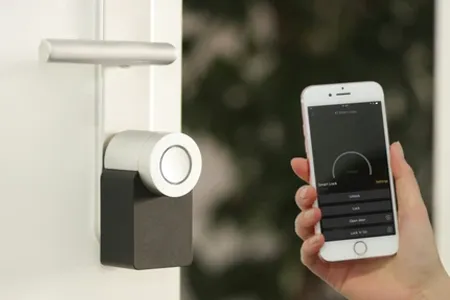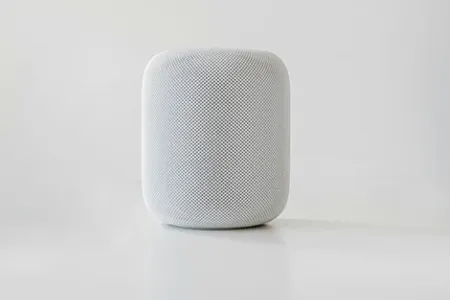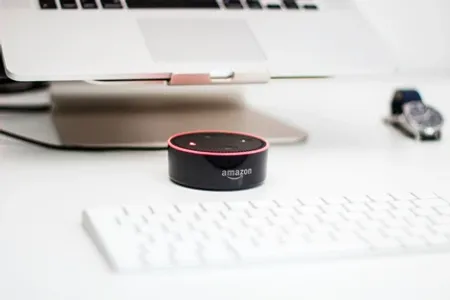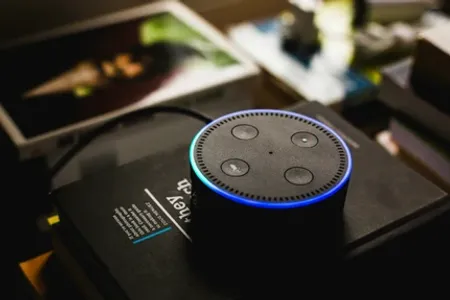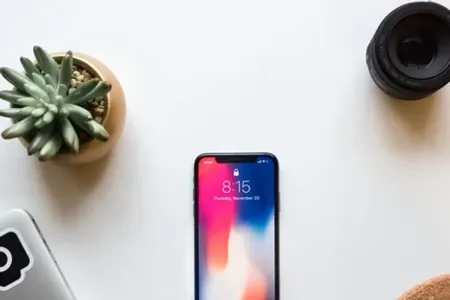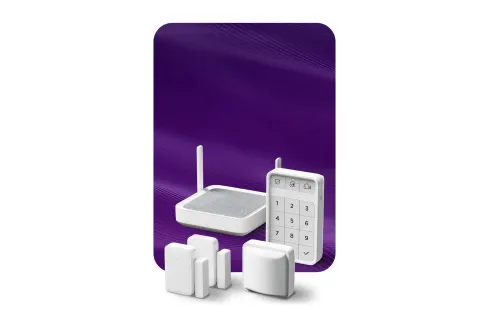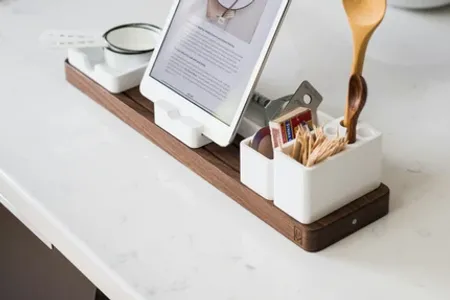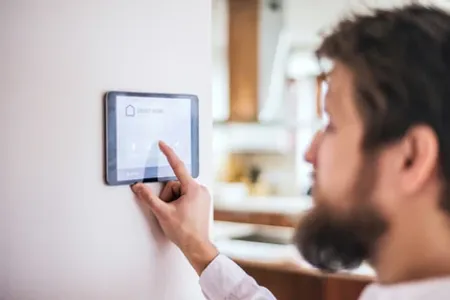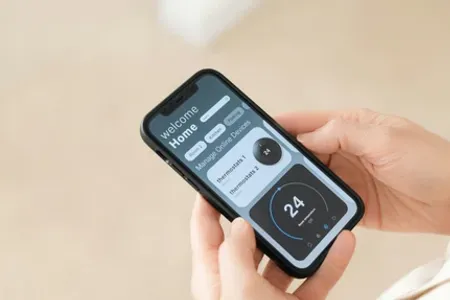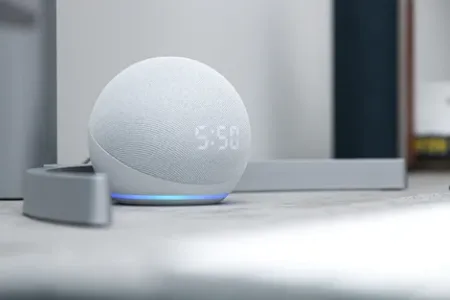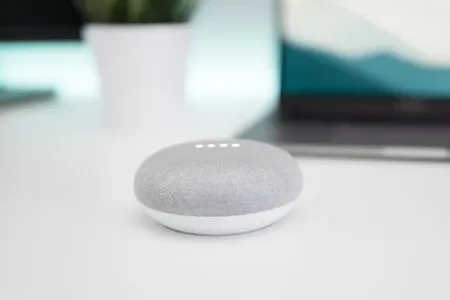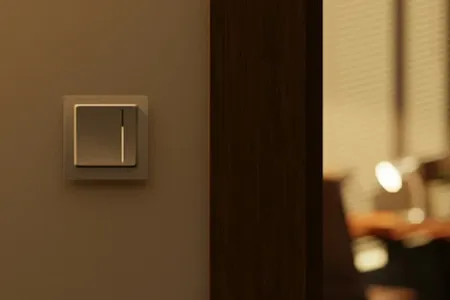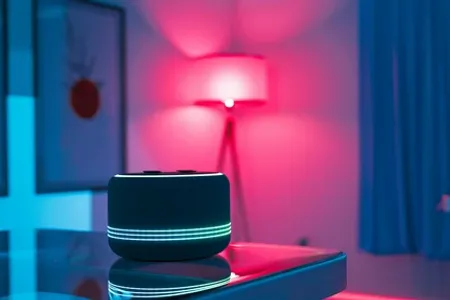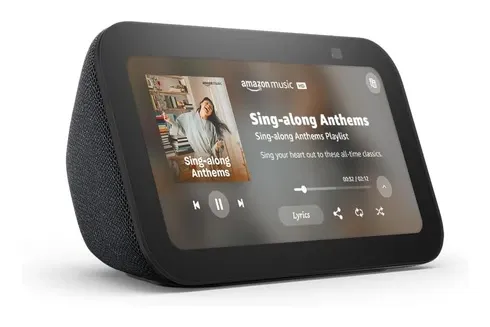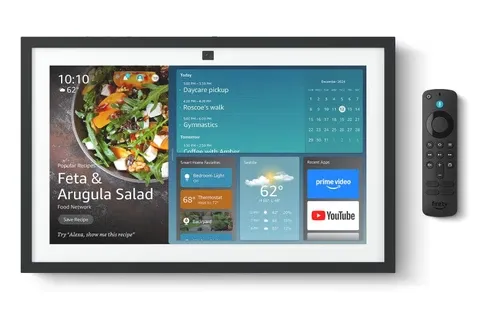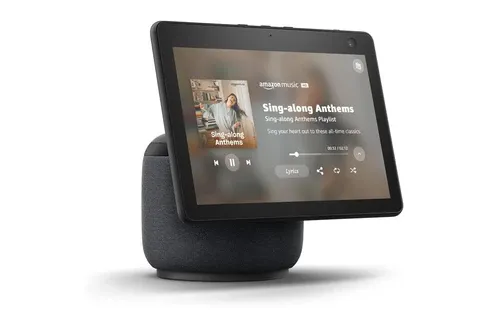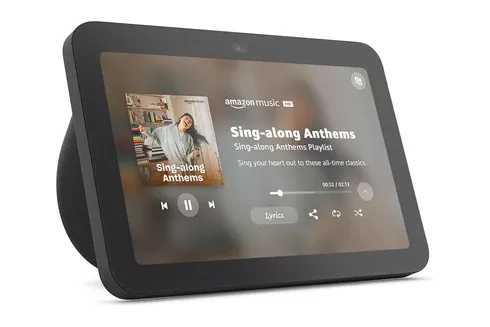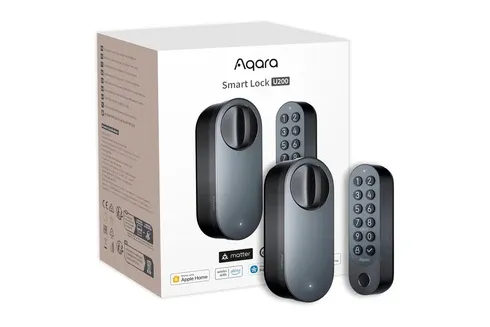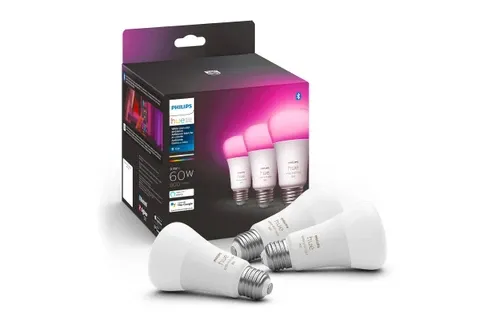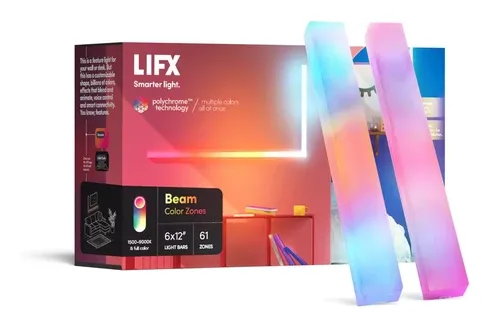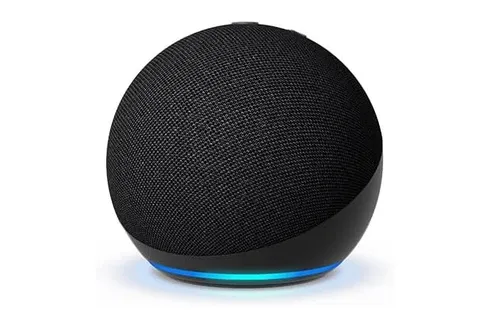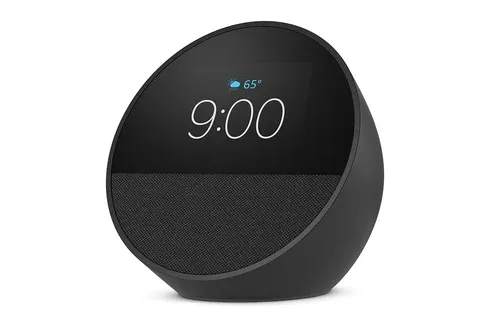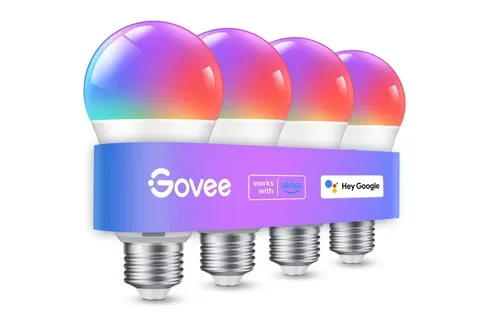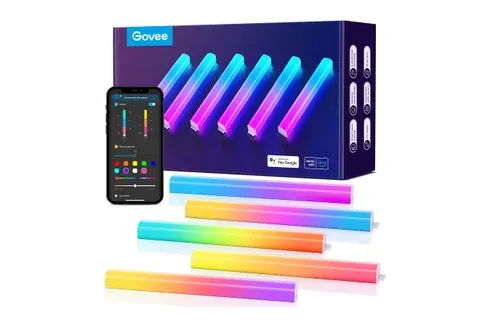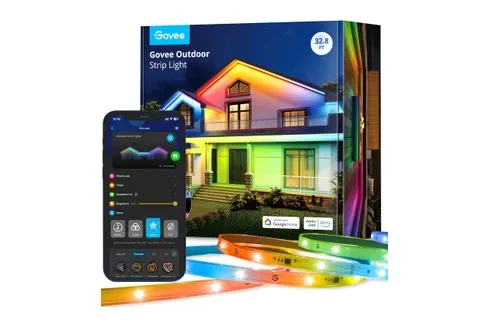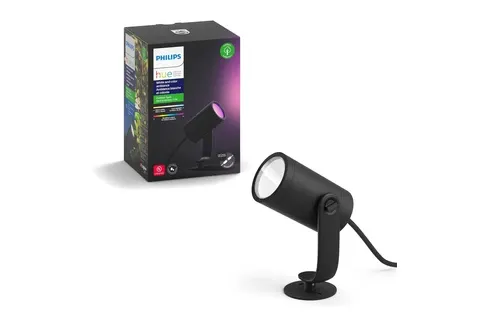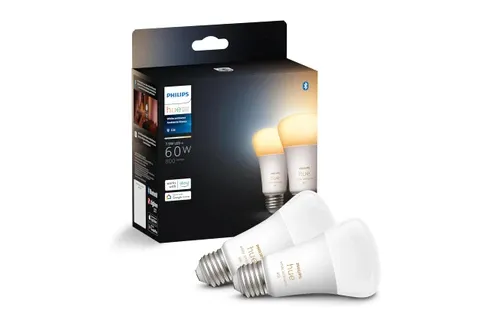In recent years, voice assistants have revolutionized the way we interact with our smart homes. Whether you want to play music, control smart devices, or get weather updates, these intelligent systems have made life easier. In this article, we will explore the various ways that voice assistants enhance the functionality of your smart home, focusing on their convenience, integration with smart devices, and tips for getting the most out of these technologies.
Benefits of Voice Assistants for a Smart Home
Voice assistants, such as Amazon Alexa, Google Assistant, and Apple Siri, bring a new level of convenience to smart homes. Here are some of the key benefits:
- Hands-free control: Voice commands allow you to control smart devices without physically interacting with them.
- Seamless integration: Most voice assistants integrate with a wide variety of smart home systems, from lighting and thermostats to security cameras and door locks.
- Personalized automation: Voice assistants learn your preferences and routines, offering personalized control and suggestions for your smart devices.
One of the greatest advantages of having a voice assistant is the hands-free control they provide. Imagine walking into your home with your hands full of groceries and simply saying, "Turn on the lights," and instantly the room illuminates. Whether you use Google or Amazon devices, the ability to issue commands without lifting a finger is a game-changer.
Additionally, Amazon Alexa and Google Assistant are at the forefront of making smart home integration easier than ever. Both assistants support a wide range of devices and brands, ensuring that no matter what products you already own, there’s a good chance they will integrate smoothly. Google has enhanced its assistant’s ability to recognize contextual commands, making interactions more natural. Meanwhile, Amazon has continuously expanded its Alexa Skills, providing users with endless third-party app integrations.
Top Smart Devices Compatible with Voice Assistants
The voice assistant landscape has grown to encompass numerous smart devices, making it easier than ever to set up a fully automated smart home. Below are some of the most common devices that can be controlled via voice commands:
- Smart speakers (Amazon Echo, Google Nest Audio)
- Smart lighting systems (Philips Hue, LIFX)
- Smart thermostats (Nest, Ecobee)
- Smart security cameras (Ring, Arlo)
- Smart door locks (August, Yale)
Each of these devices can be activated or adjusted using voice commands. For example, you could say, "Hey Google, set the thermostat to 72 degrees," and your smart thermostat will respond immediately. Amazon's Echo devices, paired with Alexa, also allow for detailed control of your home’s various systems. Whether you're dimming the lights for a movie night or checking the feed of a Ring camera at the door, Amazon Alexa turns everyday tasks into effortless actions.
Smart speakers from Google and Amazon serve as the gateway to an interconnected home. Not only do these devices act as your virtual assistant for information and reminders, but they are central hubs that control a vast array of smart home gadgets, ensuring your home operates at peak efficiency. For example, if you have a Google Nest Hub, you can visually monitor and control all connected devices through both voice and touch.
Setting Up a Voice Assistant in Your Smart Home
Setting up a voice assistant for your smart home is relatively simple, but there are a few things you should keep in mind to ensure everything works smoothly.
Choose a Compatible Ecosystem
Before purchasing devices, it's important to choose a voice assistant ecosystem that suits your needs. If you're invested in Amazon products, Amazon Alexa may be the best fit. On the other hand, if you're already using Google services, Google Assistant will provide seamless integration with your Google account.
One of the key factors in making the right choice between Amazon and Google is the ecosystem you're already tied into. For instance, if you rely heavily on Amazon Prime services, or own devices like the Amazon Fire Stick for streaming, then Alexa will integrate more seamlessly into your lifestyle. Alternatively, if your digital world revolves around Google Drive, Google Calendar, or Android devices, Google Assistant is your best bet, allowing you to link all your services together with ease.
Connect Your Devices
Once you've selected a voice assistant, the next step is to connect your smart devices. Most devices come with easy-to-follow setup instructions that allow them to be paired with your voice assistant through their respective apps. For Amazon, this is done through the Alexa app, while Google Assistant uses the Google Home app. You can also create groups or smart home routines that trigger multiple devices with a single command, such as "Good night" to turn off the lights and lock the doors.
Both Amazon and Google apps guide you step-by-step through the process of connecting new devices, ensuring you can streamline your entire setup in just a few minutes. Google offers features like "Home Routines," which can control multiple devices in unison based on specific times or events. Meanwhile, Amazon Alexa allows you to customize voice responses or add custom commands using Alexa Skills.
Maximizing the Use of Your Voice Assistant
To get the most out of your voice assistant in your smart home, consider utilizing some advanced features:
- Set up routines: Automate tasks by setting up routines like "Good morning" to turn on the lights and brew coffee.
- Explore third-party apps: Many voice assistants support third-party apps that extend their functionality, like ordering food or managing your calendar.
- Voice-controlled entertainment: Use your voice assistant to control your TV, stream music, or even play games.
Both Google and Amazon offer extensive integration with entertainment systems. Google Assistant can control Google Chromecast, allowing you to cast videos to your TV with voice commands. Amazon Alexa has similar functionality with Fire TV devices, where you can request shows, search for specific genres, or control playback hands-free.
Furthermore, Google Assistant tends to excel in answering general knowledge questions due to its direct integration with Google Search, while Amazon Alexa often shines in e-commerce scenarios, letting you order products directly from Amazon just by asking.
Privacy Considerations with Voice Assistants
As convenient as voice assistants are, they do raise some concerns about privacy. Both Google and Amazon have made strides in improving the privacy features of their respective assistants, but it’s important to be aware of how your data is being used.
Voice Recordings
Voice assistants like Google Assistant and Amazon Alexa store voice recordings to improve the accuracy of their responses. However, both companies offer ways to manage or delete these recordings. You can review and delete voice recordings through the Alexa app or Google Home settings to ensure your data is handled according to your preferences.
Privacy Features
Both Google and Amazon have incorporated features that allow users to control how much data their voice assistants collect. For instance, you can disable voice recording history or use manual switches to mute the microphone on devices such as Amazon Echo or Google Nest Hub. These features give users control over what is recorded and how the data is used.
The Future of Voice Assistants in Smart Homes
The future of voice assistants is bright, with continued improvements on the horizon. Amazon and Google are investing heavily in AI-driven features that will allow these assistants to become even more intuitive and proactive. For example, future updates may include enhanced natural language processing, allowing for more conversational interactions and predictive behaviors based on your routine.
Both Google and Amazon are also focusing on enhancing smart home security by integrating better communication between smart devices and voice assistants. Soon, these systems will not only react to your commands but anticipate your needs by learning your habits and patterns.
Conclusion
Incorporating a voice assistant into your smart home opens up a world of possibilities for convenience, automation, and control. Whether you prefer Amazon Alexa, Google Assistant, or Apple Siri, these systems provide intuitive, hands-free ways to manage your smart devices. By choosing compatible smart home systems, connecting your devices properly, and utilizing advanced features like routines, you can maximize the functionality of your smart home. Voice assistants are no longer just a luxury—they are becoming essential components of modern, connected living.
The choice between Google and Amazon comes down to your existing ecosystem and preferences, but either option will provide a reliable gateway to smarter home management. As these technologies continue to evolve, integrating them into your home today will future-proof your living space for years to come.
